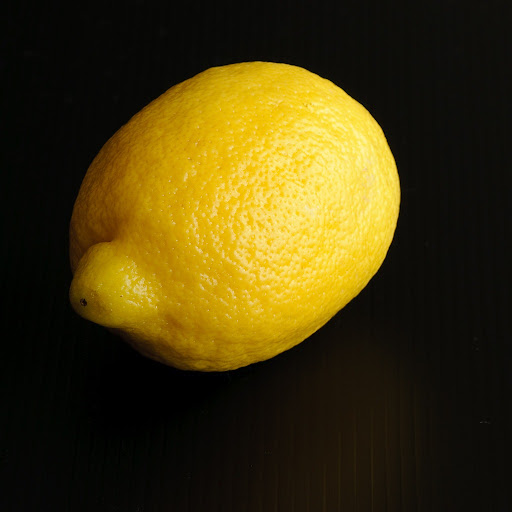A University Music Scholar and saxophonist with the Concert and Big Bands, first-year Tim Pickering was invited to play in Canterbury’s Sounds New Festival of Contemporary Music on Saturday, as part of the ‘Big Brand New’ band. Here’s his story…
—-
Saturday 5th May… What an exciting day!
In the morning, I was invited to play my tenor sax in Whitefriars shopping centre in town with ‘Big Brand New’, an exciting new band set  up by Peter Cook and the music department at Langton Girls School. Big Brand New is somewhat of a hybrid between a ‘traditional’ big band, and a junk orchestra! The musicians are from local schools, and a few University students, from Canterbury Christchurch and Kent.
up by Peter Cook and the music department at Langton Girls School. Big Brand New is somewhat of a hybrid between a ‘traditional’ big band, and a junk orchestra! The musicians are from local schools, and a few University students, from Canterbury Christchurch and Kent.
The set started off with a few tunes composed by Peter especially for the band, followed by arrangement of Count Basie’s Flight of the Foo Birds. The final number we player was Herbie Hancock’s ‘Watermelon Man’, for which the ‘junk’ orchestra joined the rest of the band. There were several ingenious instruments being used, the bass line being played on tuned lengths of drainpipe, along with a percussion section comprising of everything from man-hole covers to buckets. There were also some assorted flutes and clarinets made out of lengths of PVC pipe!
The band certainly has some great potential, and it was brilliant to see so many young musicians getting stuck into taking solos and improvising… a daunting task, especially in the middle of a busy shopping square! I think that the use of the ‘scrap’ instruments was great – my favourite was the drainpipe bass! – I am very excited to be involved with the band. There is talk of in the future involving some of the school’s keen Music Technology students to mix some live sampling into the band, which will certainly make this band very different to anything else I’ve played in before!
After ‘Big Brand New’ had finished playing, KYJO (The Kent Youth Jazz Orchestra) took to the stage, just as the heavens opened! Despite the weather, they performed a fantastic set, and continued to draw a crowd, despite the conditions! They concluded with a lively performance of Jaco Pastorius’s ‘The Chicken’. Whilst listening to KYJO, myself and another sax player from ‘Big Brand New’ were interviewed by ‘CSR FM’ (97.4FM or online!) for their Saturday evening Jazz Show, 8-9pm. I’m sure there’ll be lots on about Sounds New in the next few weeks, so it’ll be worth tuning in.
In the evening, I was lucky enough to have a ticket to watch the BBC Big Band perform at the Gulbenkian… And just wow! I don’t think I need to say much more!
Two days in, and the festival has certainly started in style! I look forward to what the next few weeks bring…
—-
The Sounds New Festival of Contemporary Music runs until Tuesday 15 May.




 As Cinderella, Cheryl Ahmet demonstrated a refined, clear tone, and sang ‘No-one Is Alone’ in particular with a touching simplicity that was deeply moving.
As Cinderella, Cheryl Ahmet demonstrated a refined, clear tone, and sang ‘No-one Is Alone’ in particular with a touching simplicity that was deeply moving. By the time you read this, the run will have come to its end and the woods will have been cleared; but the entire company can look back on three days of terrific accomplishment in the seaside playhouse. A triumphant achivement for the cast, crew and Society: bravo.
By the time you read this, the run will have come to its end and the woods will have been cleared; but the entire company can look back on three days of terrific accomplishment in the seaside playhouse. A triumphant achivement for the cast, crew and Society: bravo.




 Whilst over on
Whilst over on 

